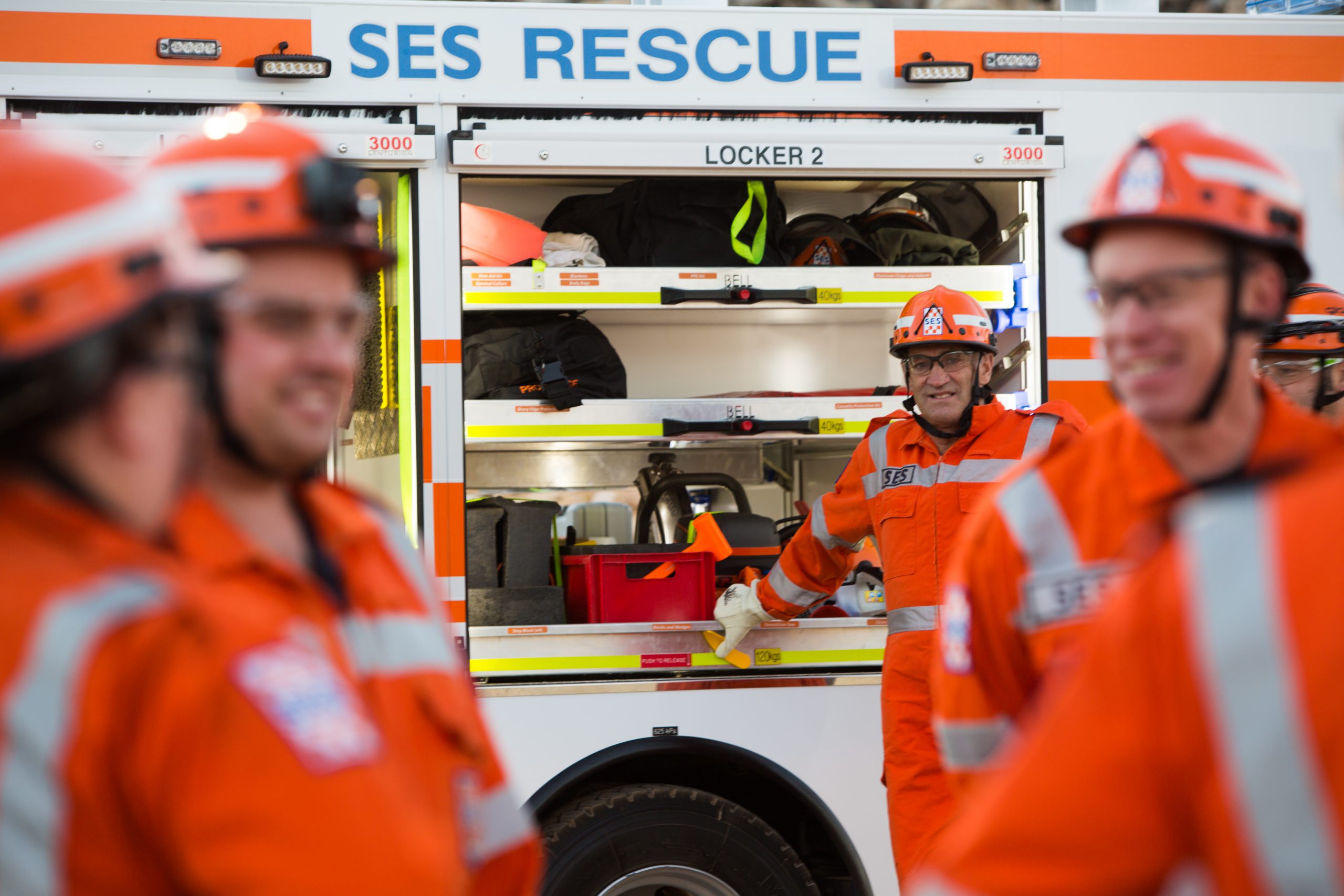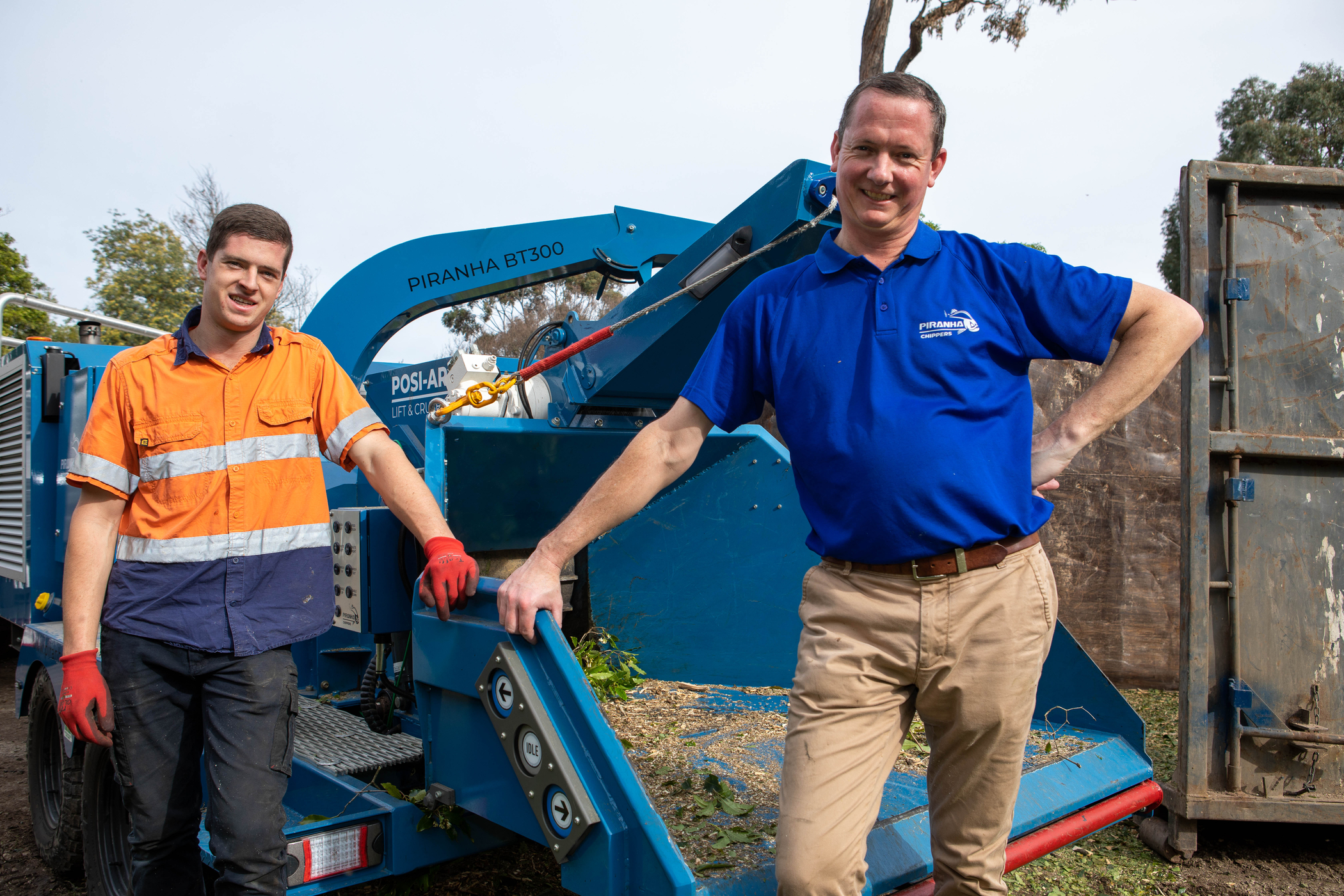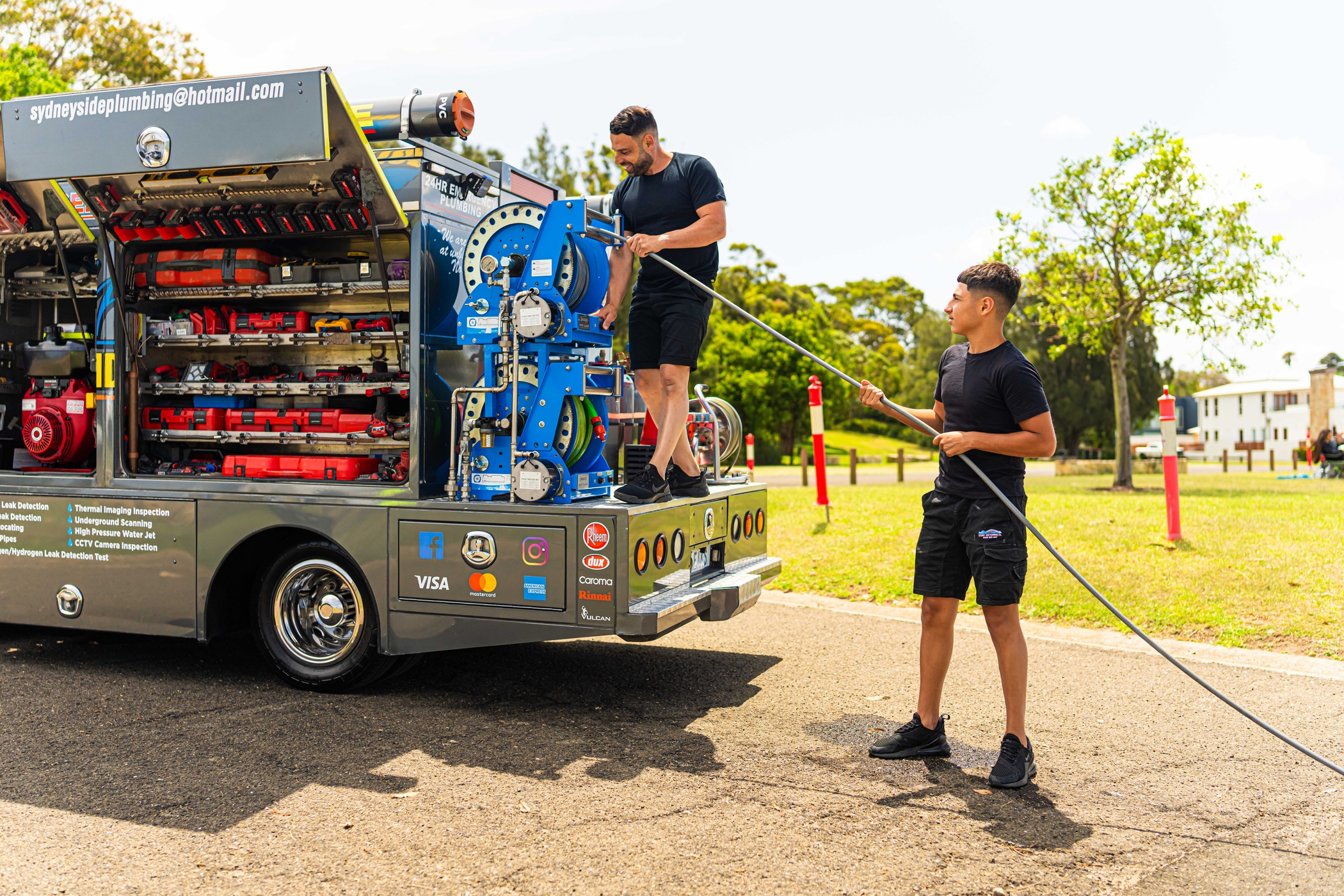PRIME POWER VS STANDBY GENERATOR POWER

Choosing a generator can seem like a complex process, but at a basic level it can be broken down simply: meet the application needs at the optimum reliability, performance, and cost. On the one hand, you don’t want to fall into a situation of buying more capacity than needed (at extra expense). On the other, you don’t want to risk shortening a generator’s lifespan with over usage, leading to unnecessary repairs or downtime.
Before getting into specifics, an important first step is understanding the difference between the categories of power ratings. In this blog, we go through prime versus standby-rated power generators, to help you make the best possible choice for your unique needs.
Prime power
As the name suggests, a prime power (or PRP-rated) generator is the key source of power for the task at hand—it’s designed to deliver consistently, over the long term. Prime power generators are commonly used to serve locations that are not connected to main power, making them ideal for any area where easy access to existing power provision is difficult, like a remote building site.
They can also work well as a mobile solution: in a mobile service vehicle, refrigeration vehicles or around a farm. 
Prime running length and load factor
A PRP-rated generator needs to be capable of providing power for an unlimited number of hours per year. If you are using a generator for less than 200 hours per year, a standby power generator is a more appropriate option.
According to ISO 8528-1 (an internationally agreed standard), a prime-rated generator is limited to a 24-hour average load factor of 70 per cent of the plated PRP-rating. Essentially, this means for every hour the generator spends running at 100 per cent, it should spend another running at only 40 per cent capacity—the load should be variable, going up and down. An overload of 10 per cent is available in accordance with ISO 3046, allowed for every one hour. However, it’s best to check with the unit’s manufacturer beforehand.
Here are some examples where prime power generators are used heavily:
Farming and irrigation Power is a critical part of the agricultural production that feeds our global population. Prime power generators work together with tractors, loaders and other farming equipment like irrigation systems to ensure critical food supply and demand is met.  Construction and mining The construction industry’s biggest names need grunt to get the job done—and they also need a consistent, reliable power source. In the mining sector, access to generators keeps pressure and de-watering pumps, crushers and conveyors running in some of the most inhospitable working environments imaginable.
Construction and mining The construction industry’s biggest names need grunt to get the job done—and they also need a consistent, reliable power source. In the mining sector, access to generators keeps pressure and de-watering pumps, crushers and conveyors running in some of the most inhospitable working environments imaginable.  Events and festivals Prime power generators power sound systems, lighting rigs and other facilities at events and locations that may change and move regularly, including music festivals, ceremonies, and other one-off events.
Events and festivals Prime power generators power sound systems, lighting rigs and other facilities at events and locations that may change and move regularly, including music festivals, ceremonies, and other one-off events.
Standby power
A standby power-rated (or ESP-rated) generator is a backup power solution, designed to operate for emergency use—with the ability to run as the main power supply until it can be restored. Standby generators are a smart choice to protect yourself from sudden power loss and can be used in residential, commercial, and industrial applications. They are also prevalent in our emergency services.
As a short-term solution in any situation where having access to power is a necessity, standby generators are an excellent option.
Standby running length and load factor Because of this critical usage, ESP-rated generators are governed by strict standards in Australia to ensure they are capable of powering operations when needed. According to ISO 8528-1, the total runtime of the generator must not exceed 200 hours of operation per year. But in the event of an outage, an ESP-rated generator needs to reliably provide power for the whole duration, so the unit needs to be designed for your requirements (whether that’s two hours or two days). As the manufacturer’s ESP rating is the maximum amount of power that particular generator is capable of carrying, it means there’s no room for overload capacity.
Additionally, the ISO standard states the 24-hour load factor should be 70 per cent of the plated rating, but manufacturers are able to authorise a higher 24-hour average load factor as needed for the application.
Access to power is something most of us take for granted but in some situations, losing the ability to access power can have costly consequences.
Emergency services In the world of emergency services, reliable access to a power supply is, literally, a matter of life and death. That’s why our firefighters, the SES and agencies such as the Red Cross demand reliable standby power generation in a range of situations and environments.  Medical Imagine a hospital’s surgical theatre rooms packed with medical specialists including brain surgeons, cardiothoracic surgeons, nurses and anaesthetists, all about to perform critical operations when suddenly, a storm or other emergency situation cuts the main power supply. With access to effective standby generators, hospitals and medical centres can continue critical healthcare, until main power is restored.
Medical Imagine a hospital’s surgical theatre rooms packed with medical specialists including brain surgeons, cardiothoracic surgeons, nurses and anaesthetists, all about to perform critical operations when suddenly, a storm or other emergency situation cuts the main power supply. With access to effective standby generators, hospitals and medical centres can continue critical healthcare, until main power is restored.
The right fit
Hopefully this blog has helped your understanding of prime versus standby-rated generators, as just one elementary step in the process of finding the right power solution for your business. Regardless of which rating your generator falls under, it’s always important to follow the manufacturer’s recommended operating conditions and service interval schedule.
Finding the right generator can require some expertise, and you may need to put your trust in someone who understands your industry and can help you explore your options in detail.
Power solutions come in all shapes and sizes. Learn more about finding the right fit for your business here.


Lead the charge with Australia’s favourite truck.
2025 heralds Isuzu Trucks’ 36th year as market leader.* Number one in more than just sales, though, Isuzu Trucks has an unparalleled dealer support network, customer care program, truck range, and legendary reliability. To get behind the wheel of a winner, get into your nearest Isuzu Trucks Dealer now or visit isuzu.com.au
Learn More



